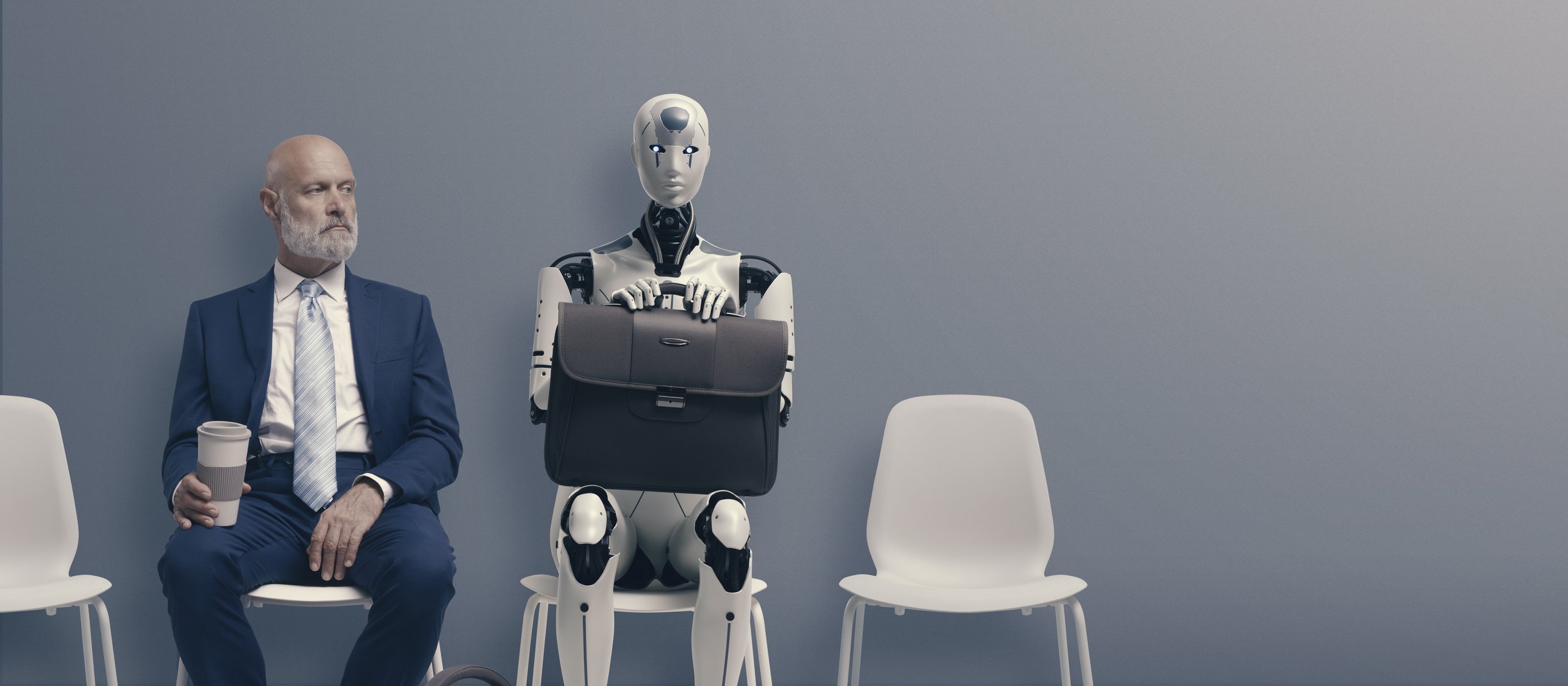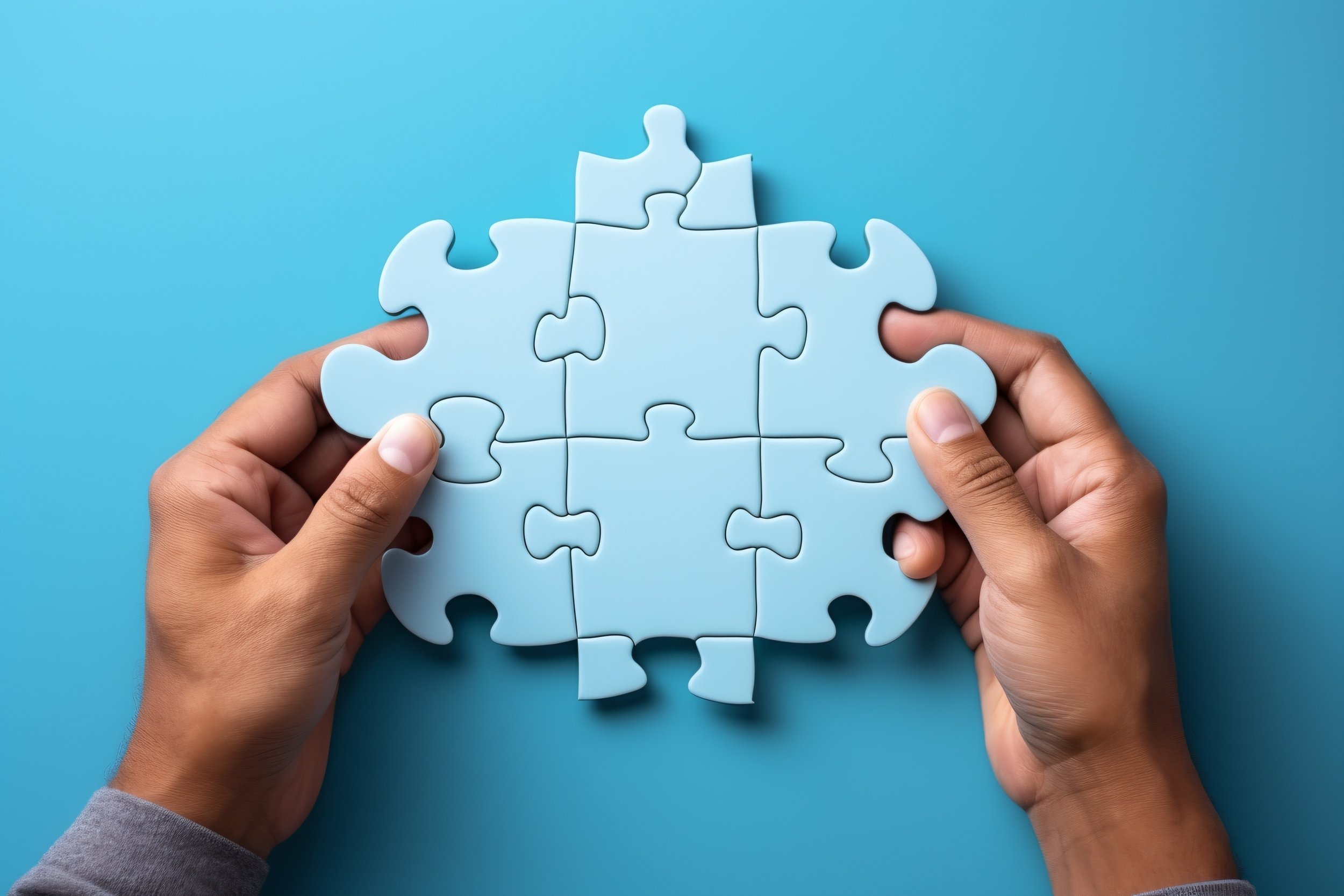Think AI Can Replace Humans? Think Again: It’s Creating All-New Possibilities
I feel like every day I hear another story of creative agencies aging-out senior leaders. Some blame the less-expensive younger workers, but many blame AI. I may be one of the few who actually see an upside to this.
I absolutely recognize that in the short term there will be painful disruption. Companies will fold, people will lose their livelihoods, and they will need to make quick pivots. To that same end however, I’m also incredibly bullish on the radical entrepreneurial potential those displaced workers will bring to our world, using AI.
It’s incredible what someone can create with AI in a matter of minutes. In fact, in about an hour yesterday, I stood up a custom GPT called “The Innovation Machine” to help folks brainstorm new product ideas for their businesses. I helped a good friend develop the business plan for his consultancy in two hours on a Sunday morning. We’ve developed new marketing program ideas for clients in under 40 minutes. I helped a dog-trainer friend of mine develop a 10-week training plan in an hour using nothing but the un-edited transcript of the free consultation call.
Imagine the millions of ways these brilliant senior leaders can unleash their entrepreneurial spirit and creativity…. creating new ventures, products, business models—perhaps removing carbon from our atmosphere, creating new life-saving therapies, or bringing social justice to humanity.
AI Can’t Solve it Alone: People Make the Magic
AI is still relatively new on the scene, but already it’s time for a major re-think about how we get the best out of artificial intelligence, by combining it with human creativity.
Dreaming up a breakout new venture isn’t just about having a clever algorithm at our fingertips—it’s about creating spaces where minds are inspired to push boundaries, and our hearts are open to human-AI partnership.
Creativity needs more than just tech. Somebody has to be there to guide the machine. That person needs to have expertise in how to guide it, and also have the emotional motivation to guide it well. This is a perfect playground for displaced senior leaders. Their decades of expertise, quick thinking, and motivation to make a pivot, can combine with AI to imagine something revolutionary.
Unleashing AI’s Potential with Social Psychology
But AI isn’t just a brainstorm bot. It can actually help a teacher or workshop facilitator enhance group dynamics: surfacing and adjusting for cognitive biases, reinforcing pro-social collaboration, and unlocking levity and laughter. But it has to be trained and guided, and that takes skilled human partnership.
When social psychology principles are thoughtfully written into AI scripts, AI can push individuals to challenge norms and imagine the impossible, all while improving their EQ and making group interactions more fun. AI also has incredible power to help group facilitators quickly learn new ways to reimagine complex workshop exercises, delivering learnings in an organic, gamified way.
In fact, just today in a Navigator Collective training session, we used AI to quickly imagine workshop exercises combining no less than 8 parameters from the world of psychology and tech-innovation. I’m a pretty good workshop designer, but I can’t imagine folding 8 concepts into a single exercise. AI can do that, and somehow draft an exercise that feels like it could be fun. But it needs my expertise to arrive at the 8 parameters. And it needs me to refine and deliver the final product.
AI-Powered Psychotherapy in Workshops? Yes.
What if AI could deliver problem-solving experiences, while also fundamentally changing the way we think about solutions—even our own creativity? It can.
AI-ideation scripts can be written by an expert hand, to include cognitive behavioral therapy (CBT) practices, such as giving positive reinforcement, reframing failures as learning experiences, and practicing mindfulness. AI is also incredibly powerful at helping facilitators imagine all-new ways to rewire participants’ cognitive distortions and gamify learning experiences during workshop exercises.
AI powered by CBT helps people acknowledge and overcome their limiting beliefs, and reimagine their own creative capabilities. It’s the ultimate myth-buster for introverts and analyticals who have learned to keep their ideas to themselves.
But it needs human input to get there. The scripts have to be written by a subject-matter expert. They have to be tested and refined. The delivery must be guided by a skilled facilitator. Human and AI working together, is where the real impact takes place.
What are You Talking About? Language Matters.
How many times have we been in conversations and realized that two people are using the exact same phrase to mean completely different things? How often do we find ourselves mid-way through a project before we discover that a single word evokes wildly different mental images between two different stakeholders? Language shapes our thoughts from the ground up (a Ted Talk from Lera Boroditsky goes deeper on this idea).
AI scripts and workshop designs can be skillfully written by human experts to integrate linguistics into the brainstorming process. Using techniques like metaphorical thinking, pragmatics, context sensitivity, and semiotics, groups can begin to develop their own unique language of innovation. It’s like a verbal short-hand to speed up conversation, reach agreements, give feedback and more.
Linguistics-powered AI helps ensure that everyone, no matter their background, can contribute meaningfully to the growth of their company. It promotes a culture where diverse thoughts are welcomed as essential inputs to the creative process.
Gallup & Workhuman’s 2023 study, “From Praise to Profits: The Business Case for Recognition at Work,” highlights measurable gains in engagement and productivity when more people are included in innovation and creative processes. Inclusion is a key form of recognition, which the study suggests can boost total enterprise productivity at least 9%, and reduce absenteeism by 22%.
It's Time for a Radical Rethink on Collaboration
Let’s challenge ourselves to harness the true power of human intuition, augmented with artificial intelligence. It’s about more than just using a high-tech tool. It’s about creating a deep, empathetic bond where both human and AI are intuitively tuned into each other’s strengths and needs. Bringing-in psychology creates a stronger partnership between human and AI, allowing people to feel more comfortable creating and innovating with their wing-bot.
And it’s truly amazing what can be accomplished in a very short time when this happens. I cannot wait to see what the next 5-10 years brings us in terms of new companies, products, processes, social structures, and more.
Today, we need to re-think how we create this partnership. It’s not just about programming scripts, it’s about harnessing the rapid learning AI can provide. It’s about teaching subject-matter experts even more subject-matter. It’s about helping skilled facilitators develop workshops that incorporate more concepts than ever possible before, while still making them feel like fun. It’s about enabling a broader swath of people to create and innovate.
It’s about bringing humanity into AI, so AI can bring out the humanity of those around us. Together, we can take AI to the next level, shatter expectations, unleash massive creativity, and unlock a world of uncharted potential.
Meanwhile if you’ve been aged-out of a creative profession…. Just remember, it’s the old model that’s aging-out…not you. Give us a buzz at The Navigator Collective. We are a group of talented senior leaders who are reinventing themselves and the world, by doing some really fun, crazy stuff with AI.






